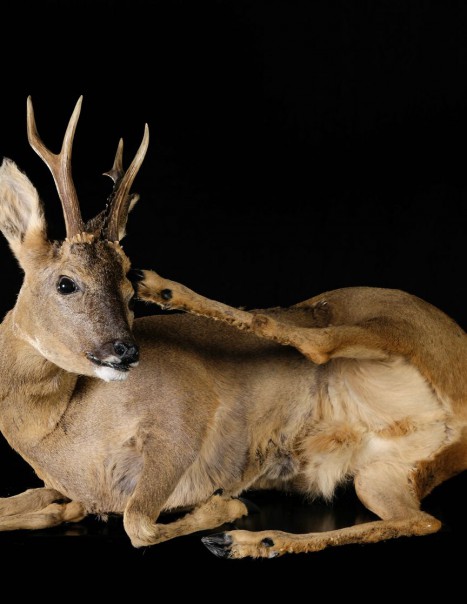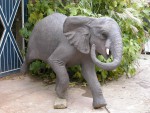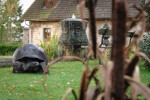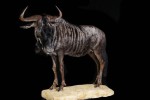Roe deer – Capreolus capreolus
Roe deer – Capreolus capreolus
Artiodactyl deer is a herbivorous mammal of the cervidae family.
Agile and quick, deer is light since it weighs between 13Kg and 30Kg according to sex and size. Its coat, gray and brown, is distinguished by erectile spot on the diaper, white or yellowish color depending on the season. Its height at the withers varies between 60cm and 80cm by gender. Another feature, the deer is tailless, that it has no tail, and only males have wooden. Its life expectancy, relatively variable, is from 6 to 15 years.
Being herbivores, deer feeds exclusively from foliage plants or buds. Another of its features is that it is difficult to digest plants non-forest environments. This is why it is usually visible in forests, although appearing sometimes in the fields.
The deer is also very fond of salt, which is prejudicial since this well-known feature of hunters is sometimes used to locate it with salt blocks.
Generally, the deer lives in the populated areas of deciduous trees and conifers. In France, it is often found in the woods, small hardwood forests, thickets or in parks, in which it is protected.
The deer breeding season runs from 15 July to 15 August. The male leaves its territory and adopt a characteristic approach. It will indeed rubbing its antlers against trees and leave a secretion emitted by its frontal glands to develop.
Gestation lasts 9 and a half months. There is a second mating period, called the “false rut” around the month of November. If the female mates during this time, gestation will be shortened so the fawns born in the month of June.
Although it is frequently hunted in France, the deer are not a species endangered.





